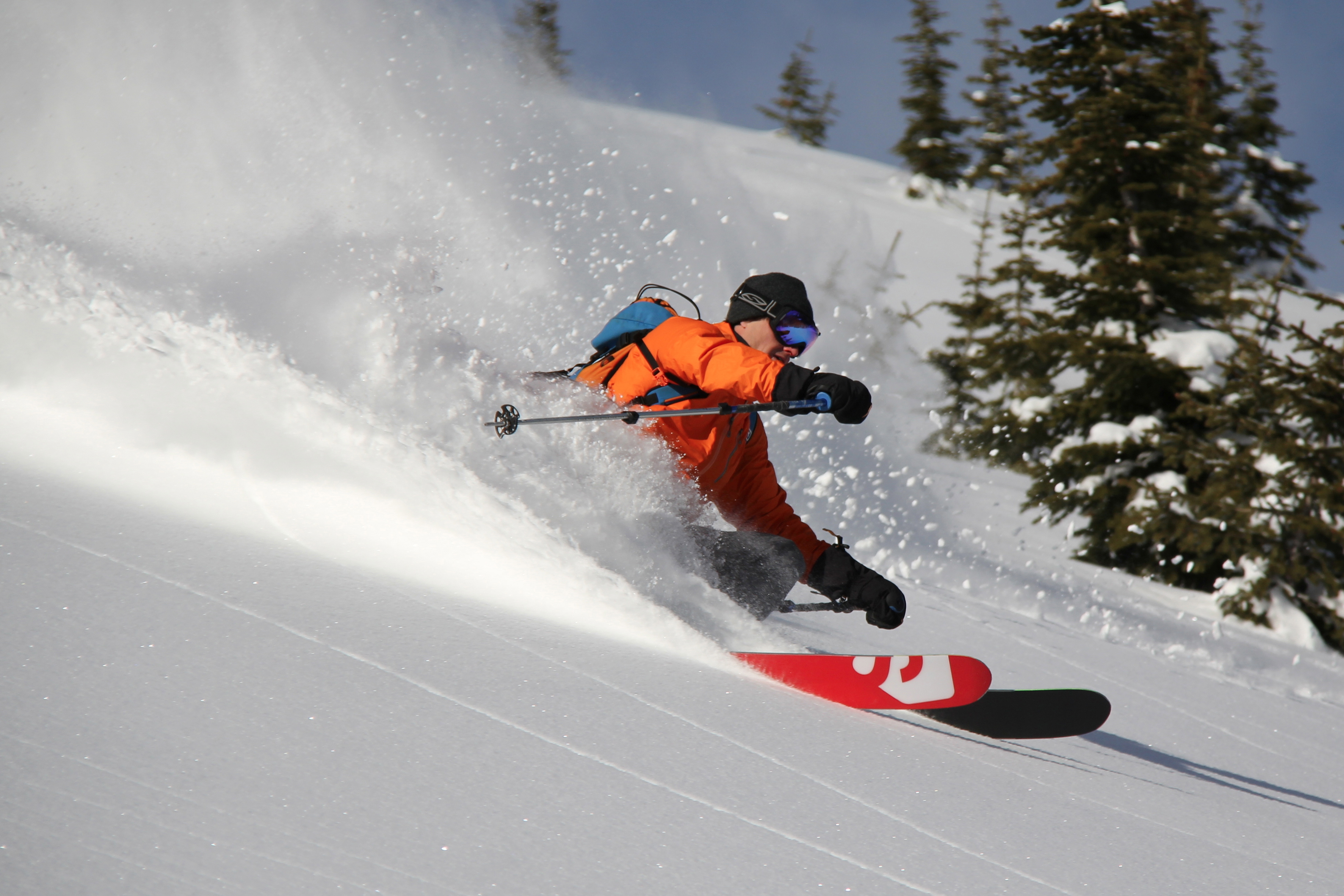The Extended Column Test and how you should use it - VIDEO
The Extended Column Test is a pretty simple and easy test to perform in the field to get a good idea of what the snow pack is doing and also to see what the local avalanche forecast problems look like in the actual snow. This overview was posted on Backcountry Magazine so check out their site for more informative safety info.

HAVE A HYPOTHESIS
Don’t leave home without an opinion on current stability. You should have an idea of what the current avalanche problem(s) is, how widespread it is, where it is and how reactive this problem is. It’s important to have an opinion to test when traveling in the backcountry as this opinion can make you a more focused observer. When you dig in the snow, test this hypothesis. Is the avalanche problem the forecast centre talked about present in your location? Often times, you don’t know unless you stick your shovel in the snow.
CHOOSE AN APPROPRIATE PIT SITE
A good snow pit is safe, representative and polite. You don’t want to get avalanched while testing your snow stability hypothesis, so dig your pit in a safe area. Current research indicates that the Extended Column Test offers valid results on flat terrain, as well as on steeper slope angles. Make sure your pit site is representative of where you want to travel—similar aspect, similar elevation, similar exposure to wind or sun. And make it polite. No one wants to fall into a pit crater in the middle of the most popular backcountry run in the area.
KNOW THE TEST
The Extended Column Test is a 90cm wide column by 30cm upslope. It is isolated on all four sides. The column is then loaded from one side or the other in a series of taps that mirror the taps of a compression test: 10 taps from the wrist, 10 from the elbow, 10 from the shoulder. You are looking to see if a weak layer fails and, more importantly, if that failure travels across the entire column. Results are recorded as ECT, propagation (P) no propagation (N) or no result (X), number of taps (1-30)
BE SCIENTIFIC
Assessing stability is part science, part voodoo magic. Do everything in your power to use as much science as you can. This means cutting straight columns, focusing on accuracy and doing more than one stability test during the day. The more repeatable a result is, the more you should pay attention to that result. Write down what you find. Keep it in your records to build subsequent forecasts and remember to share it with the local forecast centre.
PRACTICE OFTEN
People often skip stability tests, including the ECT, because they think it takes too long. After all, daylight hours are short in the early winter and no one wants to lose half an hour to pit digging. But performing an ECT and other tests don’t take very long if you know where your tools are in your pack, you dig efficiently and if it’s not the first stability test you’ve done this season. Just like transceiver skills and transitioning, the more practice you get, the better you will be. Efficiency is the key to almost every part of winter travel—incorporate that into your snowpits, as well.
UNDERSTAND THE APPLICATIONS AND LIMITATIONS
The Extended Column Test is a popular stability test, allowing backcountry travellers to look at initiation (how much force it takes a weak layer to fail) and at propagation (how far the failure propagates across the column and, possibly, across the slope). The Extended Column Test is most effective with weak layers within the top 90 cm of the snowpack. If the weak layer is deeper than 90 cm, the ECT is not the best test for evaluating the weak layer. Tap on the thinner side of the column, if there is one, as research shows that fractures initiated in thinner snowpack are more likely to propagate into thicker snowpack than vice versa.
The Extended Column Test is not as effective when testing very soft snow—when you tap on the column, really soft snow crumbles.
Apply stability test results with a grain of salt—an unexpected propagation result should make you pay attention whereas an unexpected no-propagation result should make you suspicious of your test.
DIG MORE THAN ONCE
The Extended Column Test (or any small column test) offers information for the specific area where your pit has been dug. There can be variability in strength and failure across slopes. This is one of the reasons that digging more than one snowpit is recommended. The more quick pits dug during a day, the more information you have on the snowpack. Simply put, you have more data points on which to test your hypothesis.
Remember, bulls-eye clues such as cracking, collapsing, and avalanche activity trump stability test results. These clues are akin to Mother Nature screaming in your ear that instability exists.
WHEN IN DOUBT, CHANGE SOMETHING
Interpreting data from snowpits can be confusing and overwhelming. If there is any confusion, choose to travel in simpler terrain—choose a lower angle line. Good terrain selection is key for backcountry travellers.









